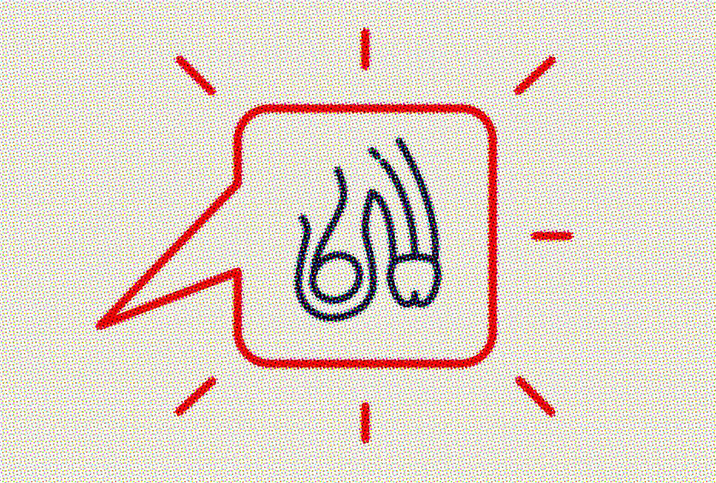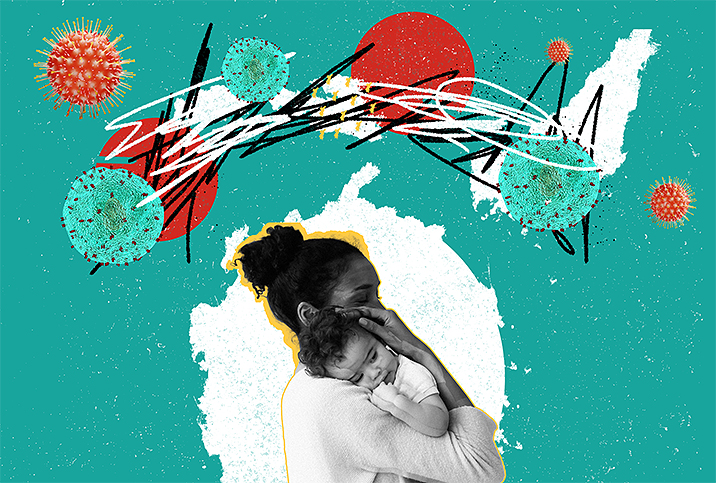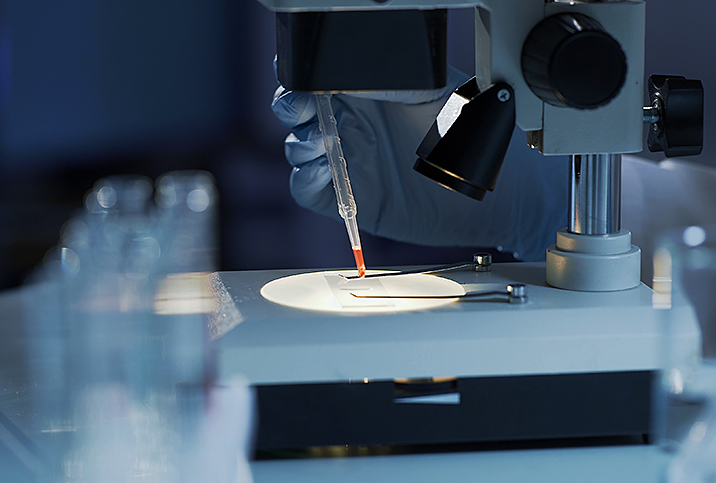HIV/AIDS: Signs, Symptoms and Diagnosis

As of 2019, there were 1,189,700 people older than age 13 with human immunodeficiency virus (HIV) in the United States, according to estimates by the Centers for Disease Control and Prevention (CDC). In the United Kingdom, statistics indicate about 105,200 people were living with HIV in 2019.
Since the virus was identified in 1981, about 85 million people worldwide have been infected with HIV and more than 40 million people have died.
If left untreated, HIV can lead to AIDS (acquired immunodeficiency syndrome). With treatment, however, most people with HIV today will not develop AIDS-related illnesses and can look forward to living a long and happy life. However, the infection must be diagnosed early for the best outcomes.
Let's examine common symptoms of the viral infection, how a diagnosis is made and what happens if the infection remains undiagnosed.
Signs and symptoms
Alicia Morehead-Gee, M.D., medical director of HIV prevention at AltaMed Health Services in Los Angeles, noted a person with HIV often does not present any signs of infection.
"There is a possibility that a person can get symptoms within the first one to four weeks of HIV infection, which is called acute HIV infection," she added.
Acute HIV infection is the early phase of HIV infection, characterized by an initial burst of viruses in the bloodstream. Morehead-Gee said about 50 percent to 90 percent of people with acute HIV infection experience flu-like symptoms, including:
- Fatigue
- Fever
- Headache
- Muscle aches
- Nausea
- Rash
- Vomiting
These types of symptoms are usually a sign your immune system is putting up a fight against the virus. They typically last one to four weeks. Once these symptoms disappear and you enter stage 2 HIV (clinical latency), you might not have any symptoms for many years.
Many people undergoing treatment remain symptom-free and never progress to stage 3.
However, if you do move into stage 3, the AIDS stage, symptoms can include:
- Chronic diarrhea
- Extreme fatigue
- Night sweats
- Prolonged swollen glands
- Rapid weight loss
- Serious life-threatening illnesses, such as lung infections and neurological disorders
- Skin problems, such as mouth, anus or genital ulcers
Diagnosis and testing
There are several different ways to diagnose HIV.
"Blood tests are done through venipuncture: blood draws through the veins," Morehead-Gee said. "It takes about three to seven days to get these test results. There are also rapid tests that can give you results the same day as the test."
These rapid tests include:
- Finger pricks. This test checks for HIV antibodies and/or antigens in your system.
- Oral swabs. This test checks for HIV antibodies only.
However, some tests are more accurate than others and can detect HIV at different times after exposure. You need to consider the HIV "window period," which refers to the time between HIV exposure and when a test can positively detect HIV in your body.
Different HIV tests have different window periods. The blood test is the most accurate and usually gives reliable results from one month after infection. Other types of tests may not be quite as accurate and may take longer after infection to show positive.
The CDC reports the window periods for various HIV tests are as follows:
- Antibody tests. Detects HIV 23 to 90 days after exposure.
- Antigen/antibody lab tests (venipuncture). Detects HIV 18 to 45 days after exposure.
- Nucleic acid tests (NAT). Detects HIV 10 to 33 days after exposure.
- Rapid antigen/antibody tests (finger prick). Detects HIV 18 to 90 days after exposure.
The only way to find out if you have HIV is to take an HIV test. If you think you may be at risk of contracting HIV, then you can get an HIV test by:
- Asking your healthcare provider.
- Attending a local medical clinic, substance abuse program, community health center or hospital that offers HIV testing.
- Buying a home test kit from a pharmacy or reputable online website. You can do a self-test at home or in a private location and get your test results within 20 minutes.
- Visiting GetTested.cdc.gov on the CDC's website.
- Calling 1-800-CDC-INFO (232-4636).
"Get tested," said Militza Suarez-Favetta, M.D., an infectious disease specialist and representative of the Pennsylvania Take Control HIV Community. "Early diagnosis is the key to living a long, healthy life. If you have risk factors such as unprotected sex, injecting drugs or other risky behaviors, get tested regularly."
When to seek help and who to see
If you have a positive HIV test, Morehead-Gee advised you should see a doctor immediately for confirmatory testing. It's vital not to wait if you think you might have HIV, as the earlier it's diagnosed, the earlier you can start treatment.
"The doctor needs to get tests to confirm whether or not you actually have HIV," she added. "Most doctors can order the confirmatory testing."
If your healthcare provider confirms your own diagnosis, they may refer you to an HIV specialist. An HIV specialist team can then guide you through your treatment options.
Suarez-Favetta warned that if a person with HIV is undiagnosed, the virus can progress to AIDS.
"Once a person progresses to AIDS and their immune system is compromised, they will become much more ill from common viruses than individuals with a normal immune system would fight off," she said, adding that people with AIDS are at a greater risk for rare and uncommon illnesses such as Kaposi's sarcoma, a rare and life-threatening skin cancer.
"This is why it is critical for persons to get tested for HIV and why Pennsylvania has established a statewide collaboration called Take Control HIV to encourage Pennsylvanians to get tested for HIV and connected to care as soon as possible," she continued.
Myths and misconceptions
There are a lot of misconceptions about HIV and AIDS. Setting the record straight is important to Suarez-Favetta, especially to underline these three critical facts:
- HIV is no longer a death sentence but a manageable chronic disease.
- People living with HIV can lead normal, healthy lives and enjoy the same things as everyone else. In addition, people living with HIV who comply with medical treatment and reach undetectable levels of the virus in their blood can no longer transmit it to other people.
- You can contract HIV only from bodily fluids and not common utensils, toilet seats or other items handled or used by someone who has HIV.
Finally, she emphasized that there is an effective medical treatment for HIV-negative individuals called PrEP (pre-exposure prophylaxis), which is medication—usually tablets or every-other-month injectables—to prevent the spread of HIV.
"Prevention and testing are the keys to ending the epidemic," Suarez-Favetta said.
Editor's note: This article is part 2 of a five-piece introduction and continuing update focusing on HIV/AIDS. Check out the other parts of this series:
- HIV/AIDS: The Basics You Need to Know
- HIV/AIDS: Signs, Symptoms and Diagnosis
- HIV/AIDS: Treatment and Your Sexual Health
- HIV/AIDS: Living and Loving Your Best Life
- HIV/AIDS: Back to the Future


















